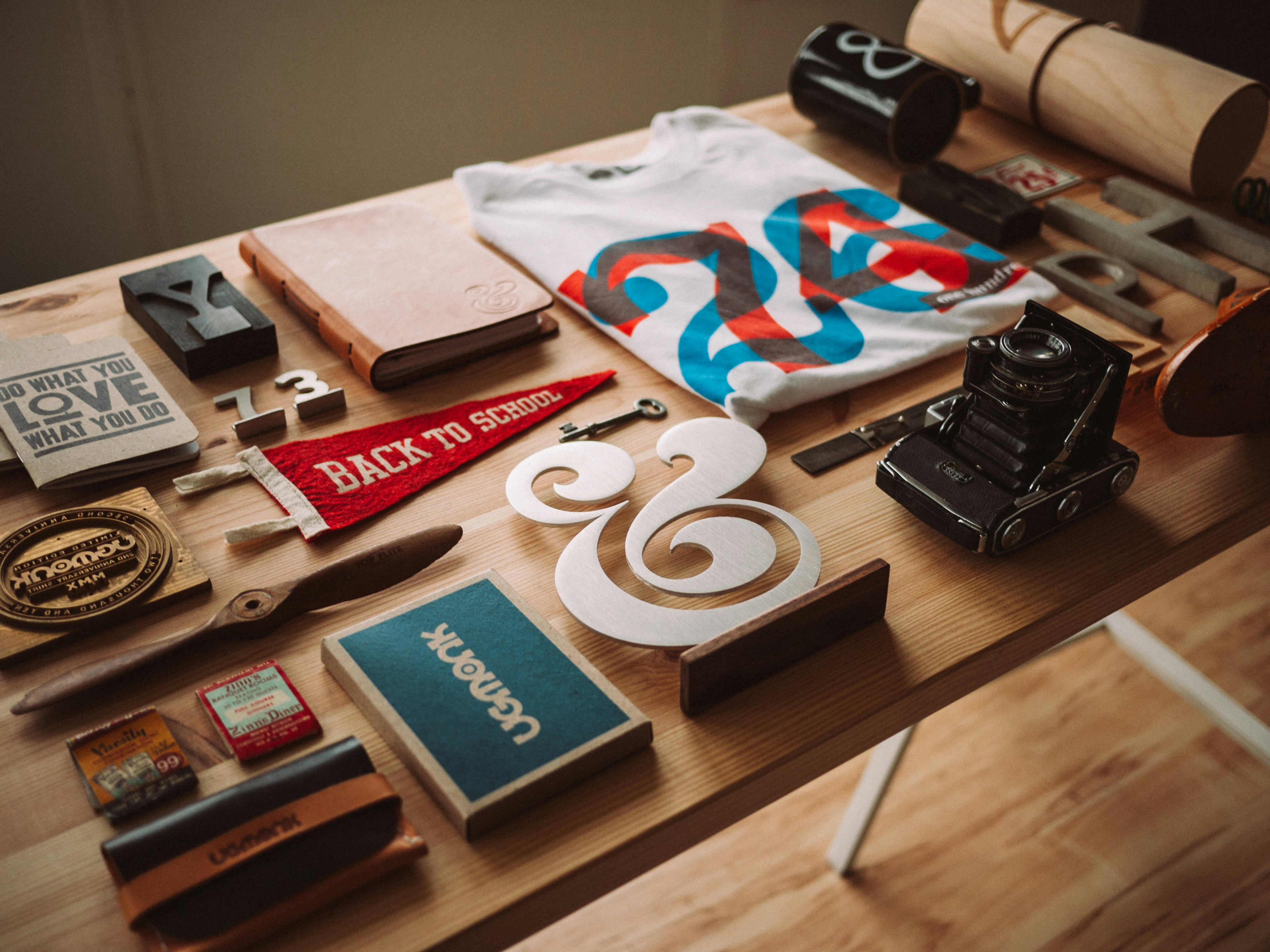Blog
-
The Double Diamond Framework: Solving the right problem
The Double Diamond Framework: Solving the right problem
Jul 17, 2025
Branding
Every branding project starts somewhere.
But too often, it starts in the wrong place.
A client asks for a new logo. A website. A brand refresh.
We jump in. Mood boards, fonts, mockups.
But something feels off—because we skipped the most important part: defining the real problem.
Branding is a complex process. It’s not just about visuals—it’s about perception, strategy, identity, and emotion. It’s how people feel about your business. That complexity requires structure. Without the right framework, we risk designing fast… but solving the wrong thing.
That’s where the Double Diamond Framework comes in.
🧭 What Is the Double Diamond?
The Double Diamond is a simple, powerful framework developed by the UK Design Council to help creatives, strategists, and teams navigate problem-solving in a structured, repeatable way.
It’s made up of two main phases, each shaped like a diamond:
Diamond 1: Discover & Define
Diamond 2: Develop & Deliver
Each diamond begins wide—exploring many possibilities—and narrows down to a clear focus. That’s where the “diamond” shape comes from: divergent thinking followed by convergent thinking.
This isn’t just a design process. It’s a decision-making tool.
It helps you slow down at the beginning so you can speed up later.
🔍 Diamond One: Discover & Define
→ Goal: Understand the brand challenge before jumping into solutions
1. Discover — Explore Without Assumptions
This is the research phase. You're not solving anything yet—you're asking better questions. You're zooming out, gathering input, listening deeply, and uncovering hidden patterns.
Most brand projects fail because they start with assumptions.
This is where you challenge them.
What to do in this phase:
Interview founders, stakeholders, and users
Analyze competitors and market positioning
Review brand history, culture, internal language
Gather audience insights and customer behavior data
Run brand or voice workshops to capture perceptions
Real example:
A client asks for a visual rebrand, but in discovery, you realize the brand’s tone and messaging are unclear—and that's why people don't connect. So, the real problem isn’t the logo, it’s brand communication.
✅ Takeaway: Discover phase ensures you're solving the right issue—not just the one you were handed.
2. Define — Bring Clarity to the Chaos
Now it’s time to synthesize what you’ve learned and identify the core problem to solve. This means filtering insights, finding patterns, and defining a clear brand direction.
Good design doesn’t come from guessing. It comes from a well-defined problem.
What to do in this phase:
Write a clear brand objectives and challenges
Define your audience and their needs
Clarify positioning and competitive advantage
Draft a brand strategy or creative brief
Outcome example:
“We need a new brand identity” becomes:
“Our brand feels outdated to our target audience of modern entrepreneurs. We need a brand identity and messaging system that reflects innovation, trust, and clarity.”
✅ Takeaway: A sharp definition creates alignment across teams and sets the stage for focused creativity.
💡 Diamond Two: Develop & Deliver
→ Goal: Create and execute the right solution based on the real problem
3. Develop — Explore Creative Possibilities
Here, we go wide again—but now, it’s about ideas and concepts. You’re solving a well-defined problem, so you can ideate with purpose. You’re not shooting in the dark—you’re testing solutions that serve the brief.
Creativity thrives with constraints. And this is where it gets fun.
What to do in this phase:
Explore visual directions and tone of voice
Develop design concepts, mood boards, stylescapes or prototypes
Iterate with feedback from clients or users
Align creative output with brand strategy
Example:
If your defined problem is unclear positioning, your development phase might include reworking the brand voice, writing new headlines, designing multiple logo directions—each tied back to the core insight from earlier.
✅ Takeaway: Development is where strategy starts to take shape creatively—without locking in prematurely.
4. Deliver — Execute With Precision
Now it’s time to converge and execute. This is where ideas become reality: full brand identity systems, messaging guidelines, websites, content strategies, packaging, or campaigns.
The right solution is one that solves the problem, connects emotionally, and performs in the real world.
What to do in this phase:
Finalize and refine selected design direction
Build brand guidelines and assets
Launch the brand and monitor performance
Educate internal teams on how to use it
Activate the brand through all touchpoints
Example:
After testing different visual directions and messaging, you launch a full identity system that includes a new logo, color system, brand voice guide, and a landing page that speaks directly to your target segment.
✅ Takeaway: A well-executed delivery phase ties everything together—visually, strategically, and emotionally.
🧠 Why the Double Diamond Works for Branding
✅ It prevents premature design.
You don’t jump into solutions until you know the real issue.
✅ It aligns teams and clients.
You get shared understanding and buy-in at every stage.
✅ It supports both exploration and execution.
You create space for creativity, but with structure.
✅ It builds brands with depth, not decoration.
Because good branding isn’t just what it looks like—it’s how it works, feels, and connects.
✍️ Final Thoughts
In branding, there’s always pressure to move fast.
But without the right process, speed just leads to shallow results.
The Double Diamond isn’t just a framework—it’s a mindset. One that helps you slow down to understand, think deeper, and ultimately create brands that matter.
So the next time you’re handed a brief, ask yourself:
“Are we solving the right problem?”
If not—step back, trust the process, and start with the diamond.
At Gratifiles, we believe in frameworks that empower creatives—not overwhelm them. That’s why we’re building tools, templates, and guides to help you work smarter and present better.
👉 Want more deep dives like this? Join our newsletter or check out our premium branding templates that support real creative growth.
Related Post
Apr 28, 2025
Branding




